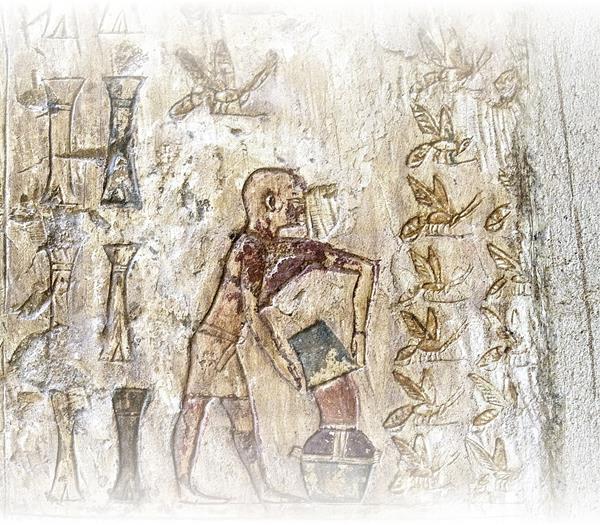Epistles: Biblical Bestiary: Bee

In the Bible, bees are portrayed as irritable and a symbol of pursuit—including of God’s people by God (Isaiah 7:18). Leviticus 11 considers the bee (deborah, in Hebrew) unclean, while honey (debash) is permitted—probably because biblical references to honey mostly concern a sweet syrup extracted from dates. The only explicit mention of bees’ honey in the Hebrew Bible is in Judges 14:8, where it refers to wild bees or a swarm. Accordingly, apiculture (or beekeeping) is not attested in the Bible (unlike foraging from wild bees), and the promises of “the land flowing with milk and honey” concern uncultivated land.
Yet in 2005, the only apiary ever excavated in the ancient Near East was found at Tel Rehov in the northern Jordan Valley.a Dating from around 900 B.C.E., the installation was arranged in three rows, each supposedly containing three tiers of clay cylinders, suggesting a large-scale production. Measuring 15 inches in diameter and 30 inches long, the cylinders had a removable lid on one end and a “flying hole” in the opposite, sealed one. Remains of bees were also found and identified as being native to Turkey.
Already a library member? Log in here.
Institution user? Log in with your IP address.

